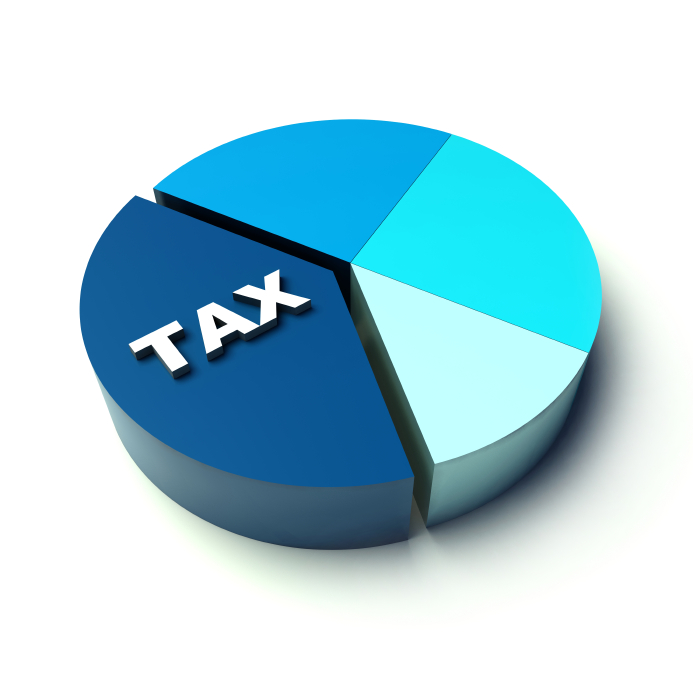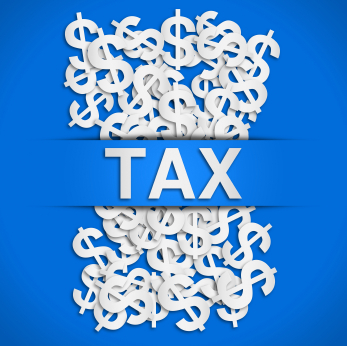
This month we travel to the Bluegrass State of Kentucky. The nickname is based on the bluegrass found in many of its pastures due to its fertile soil.
The Red River Gorge is a canyon system on the Red River in east-central Kentucky. Geologically, it is part of the Pottsville Escarpment, a resistant sandstone belt of cliffs and steep sided, narrow crested valleys. The prevalence of sandstone allowed the Red River to cut a magnificent gorge through the mountains. It is a rock climber’s paradise and is some of the best natural areas around!
Kentucky is a land with diverse environments and abundant resources, including the world’s longest cave system, Mammoth Cave National Park and the longest of navigable waterways and streams in the contiguous United States. Lush forests, mighty rivers and quaint towns blanket the landscape of the state.
The Kentucky Derby is a renowned horse race held at Churchill Downs on the first Saturday in May in Louisville. It is preceded by a 2-week festival and is celebrated in the Kentucky Derby Museum year-round.
Business Climate























Recent Comments